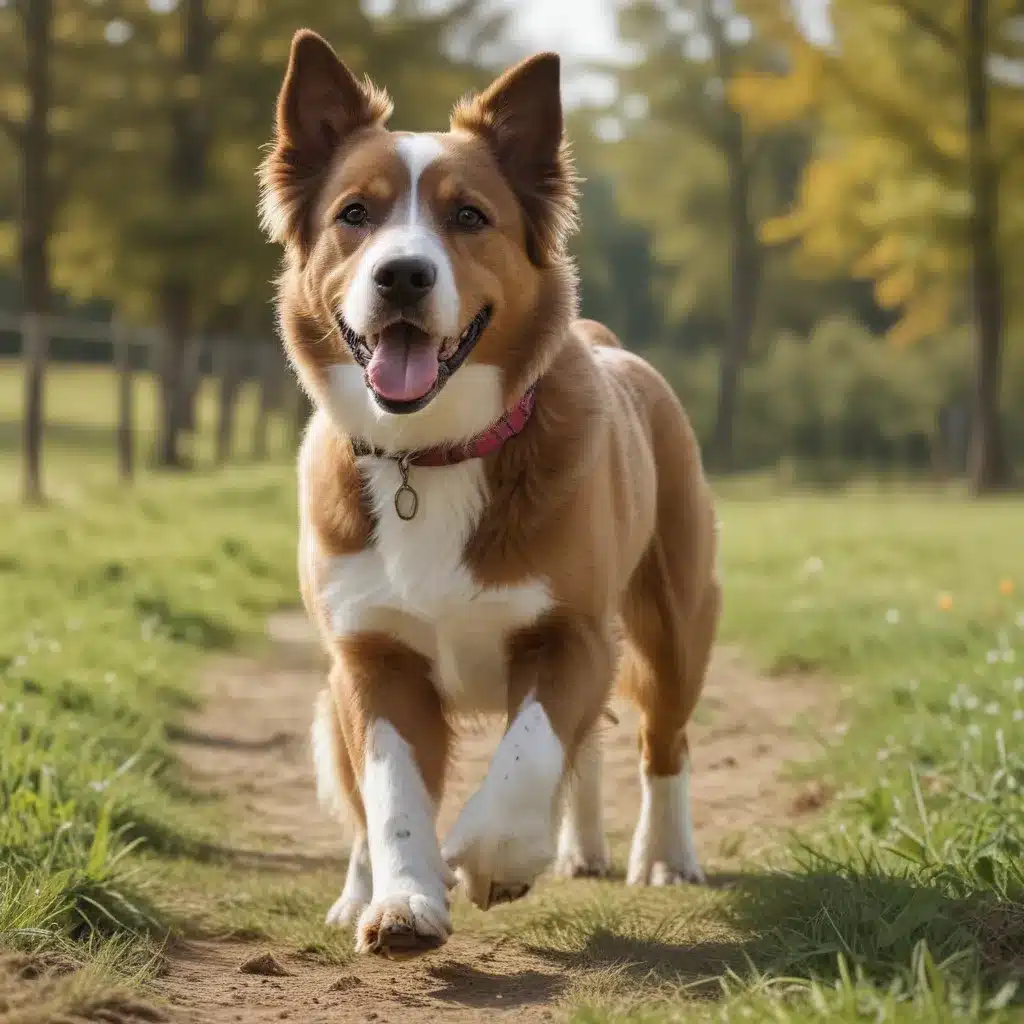
Unleashing the Secrets of Canine Exercise Needs
As a devoted dog parent, I’ve come to realize that our furry companions have unique exercise requirements, just like us humans. I mean, can you imagine if we all had the same fitness regimen? It would be pure chaos! That’s why I’ve delved deep into the fascinating world of dog exercise needs, and I’m here to share what I’ve uncovered.
Breed-Specific Exercise Demands
Let’s start by acknowledging the obvious – different dog breeds have vastly different exercise needs. It’s like comparing a sprinter to a marathon runner, you know? Some pups, like the Afghan hound, are happy to lounge around all day, while others, like the English setter, practically need a personal trainer to keep up with their boundless energy.
According to research, breeds in the gundog, pastoral, and hound groups are the most frequently exercised, with gundogs like the Hungarian Vizla and Irish setter clocking in at 100% for daily exercise. Meanwhile, the toy and terrier groups, including the Chihuahua and papillon, are the least likely to meet their exercise needs.
But it’s not just the breed group that matters – size plays a crucial role too. Larger dogs, like the Alaskan Malamute and Dalmatian, tend to be exercised for longer periods and more frequently than their smaller counterparts. Turns out, the old saying “the bigger they are, the harder they play” has some truth to it!
Navigating the Exercise Maze
Now, you might be thinking, “Okay, I get the breed differences, but how do I know if my pup is getting enough exercise?” Well, my friend, that’s where the Kennel Club (KC) guidelines come in handy.
According to the KC, small dogs should get around 30-60 minutes of exercise per day, medium-sized dogs need an hour or more, and larger breeds require a whopping 2+ hours. But here’s the kicker – our survey found that only half of the dogs were meeting these recommendations, with the bigger breeds struggling the most.
So, what’s a devoted dog parent to do? Well, it’s all about finding the right balance. Maybe your Labrador needs a few extra laps around the park, while your Chihuahua might be content with a couple of brisk strolls. The key is to tune in to your pup’s energy levels and find an exercise routine that keeps them happy and healthy.
The Paw-some Benefits of Exercise
But why does all this exercise stuff even matter, you ask? Well, my friends, the benefits of keeping your pup active are truly paw-some. Not only does it help them stay fit and trim, but it can also reduce the risk of canine obesity, which can lead to a whole host of health issues.
Plus, let’s not forget the mental stimulation aspect. A bored dog is a destructive dog, am I right? Regular exercise can help your furry friend stay focused, calm, and content, which means fewer chewed-up shoes and fewer unexpected “surprises” on the living room carpet.
Finding the Perfect Fit
At the end of the day, every dog is unique, and their exercise needs will vary. The best thing you can do is to get to know your pup’s personality and energy level, and then work with them to find the perfect exercise routine. Trust me, your four-legged friend (and your living room) will thank you.
And remember, if you’re ever in the market for a new canine companion, be sure to check out ihavedogs.com – they’ve got all the resources you need to find the perfect pup for your lifestyle. Happy exercising, my fellow dog lovers!

